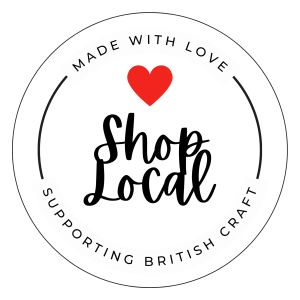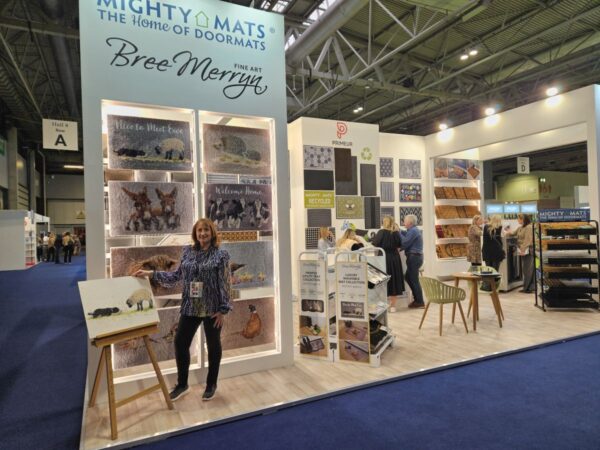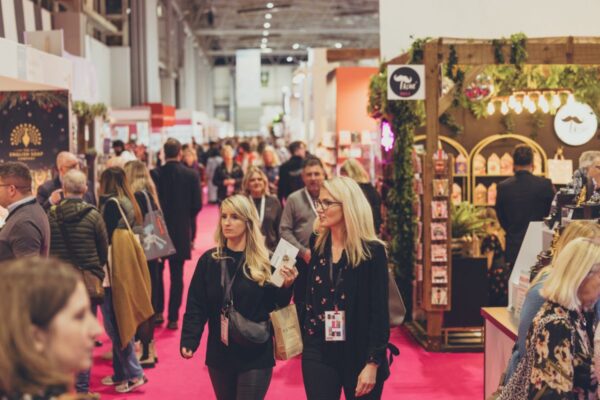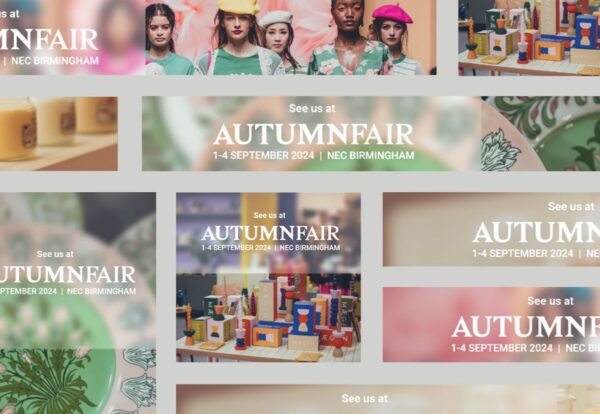 The managing director of Spring & Autumn Fair, Louise Young, shares her insights into the changing consumer landscape and how to best meet the challenges of adaption faced by our industry.
The managing director of Spring & Autumn Fair, Louise Young, shares her insights into the changing consumer landscape and how to best meet the challenges of adaption faced by our industry.
We are in a period of great flux, politically and economically, with an accelerated pace of change. What do you see as the main economic drivers affecting the British retail industry?
“Across the sector we’re seeing a number of factors impacting retailer performance – most particularly low consumer confidence and rising costs. It’s a bit of a double whammy – as it becomes increasingly difficult to get hard-up consumers to part with their money, we’re also seeing the products that we want to be selling to them, and the materials that are used to make those products, go up in price”.
What do you think are the major challenges and opportunities for the trade that stem from these drivers?
“It’s not always easy or even possible for retailers to absorb the cost of price rises, so inevitably they’re being passed onto the consumer. Companies in the industry have to work harder than ever before to maintain profit margins. Supplying retailers with differentiated product is crucial – whether that be a key trend or unique range to that store that helps entice consumers to part with cash.
“One way that retailers could accelerate progress would be to embrace the emerging innovations shaping experiential shopping. Some retailers we speak to are taking the power of digital and looking at this as an opportunity, augmenting their in-store and online experiences. Alternatively this could take the form of a designer talking about their inspiration, or discount evenings with complimentary drinks.
“Pricier options to achieve this include ground-breaking integration platforms, such as touch-screen enhanced mirrors or virtual reality experiences, but there are also very simple, traditional options too, such as in-store signage and in-store exclusives promoted online. Encouraging online customers in-store and vice versa will increase selling opportunities and ultimately deliver greater revenue”.
Do you think there are factors detrimentally affecting retailers that the government needs to address?
“Business rates continue to be a burning issue, as is the need to create a level playing field between bricks and mortar stores and pure play online retailers, who are not required to pay business rates.
“Generally, more innovative thinking is required – particularly from local authorities. Both consumers and retailers would benefit from action to address the issue of expensive high street car parking.
“Most pertinently, though, is the urgent need for the government to provide clarity over Brexit. The final deal the UK strikes with the EU will be absolutely crucial for retailers of all sizes – they must be given adequate time to prepare for any big changes to the retail landscape, such as losing access to the single market and the impact of export tariff”s.
Is there a recipe for successful independent retailing in today’s market?
“There’s certainly no single ingredient that makes one independent retailer more successful than another. There is one very important ingredient though that does help: diversification. Always be open to diversifying your offering. Being nimble enough to move where the market is going is crucial, and if that means shaking up your product lines to survive then always embrace the change.
“It’s important for smaller retailers to also bear in mind that financial limitations do not have to mean creative ones. Large retailers with a reputation to uphold are often uneasy about taking bold, creative risks. Whether it be with the design or marketing of an own-brand product or the stocking of an obscure and off-the-wall gift – smaller retailers can forge their own personalities and not be tied into having to please everyone.
“In this vein, we have created new Design First areas in each sector at this year’s Autumn Fair, which will bring smaller and more innovative suppliers to market, with the aim of helping retailers understand the stories behind different products, and come to know what makes them special.
“Independents and designer makers really do have an opportunity to steal a march ahead of the bigger companies. Almost always we find that it’s the big brands in the sector that try to imitate what’s been successful for the smallest. Consider craft beers and gins – formerly the reserve of specialist stockists and merchants, they’re now found down every alcohol aisle at your local supermarket”.
What do increasing environmental pressures, for example related to single-use plastics, and related legislation mean for the home and gift industry?
“Understandably, many retailers will be looking at the current consensus on plastics and worrying about what it means for them – wholesale replacing single-use plastics overnight simply isn’t a viable financial option. However, responsible retailing is now a mainstay of the industry, so showcasing environmental and sustainable positions should be a standard approach for all retailers and manufacturers.
“Smaller retailers have a real opportunity to own sustainability, making it an integral part of the fabric of their business, rather than a hasty add-on further down the line. They should take advantage of the fact that they are more nimble than their larger counterparts, and make offering sustainably and ethically sourced products their modus operandi. We know that this is increasingly what consumers will come to expect of all businesses, not just retailers – so this is a chance for independents to get ahead of the curve and pose a real challenge to larger companies.
Do you think environmental concerns will help catalyse a boom for eco-friendly, locally-sourced products or will price still dominate consumer behaviour regardless of environmental factors?
“We’re already living through such a boom. More people than ever care about where their disposable coffee cups end up and what they should be doing with the plastic bags from their weekly shop. Retailers can’t afford to push back against this trend – especially those whose business model relies on offering value for money. Value for money and environmental consciousness aren’t mutually exclusive brand characteristics.
How can shows like Spring and Autumn Fair help retailers and suppliers to meet those challenges and make the most of opportunities?
“Perhaps more so than ever, this year our events are going to help connect big retailers with the smaller, more innovative suppliers. If this year has told us anything so far, it’s that even the biggest players in the industry aren’t safe from financial stress. More so than ever they need to be relying on the independent retailing space as an out-sourcer of innovative product ideas.
“Sector professionals coming to our events are also going to have access to some of the latest thinking behind emerging trends. We’re looking to offer retailers solutions to the problems they’ve been seeing with footfall and consumer confidence.
What can we look forward to at this year’s Autumn Fair, are there any new features or initiatives?
“We’re very much looking forward to welcoming visitors to our new Global Handicraft showcase at this year’s Autumn Fair. We’re showcasing a myriad of artisanal and handmade products from all over the world – giving retailers the opportunity to see what has the potential to fulfill their need for ethically and ecologically conscious merchandise. Trends will focus on the ‘Global Traveler’ theme, incorporating products ranging from home interiors from Morocco, to handmade fashion accessories from Thailand.
“Consumers have made it clear they want to connect with the products they buy, know how they were created and the story behind their purchases. With this new section, buyers can get their hands on products that are handmade, inspiring and steeped in culture, and get their orders in ahead of the competition”.
















